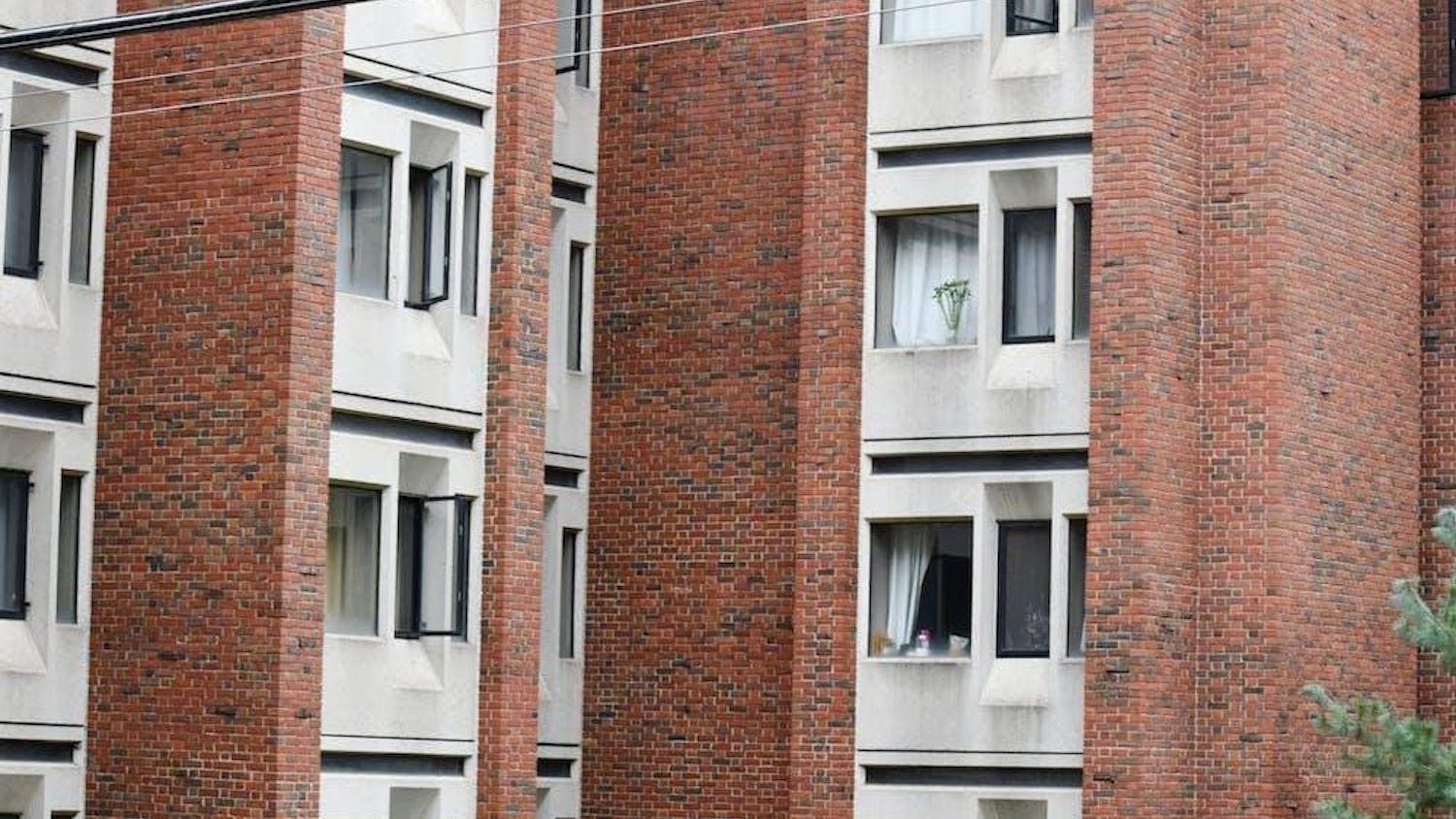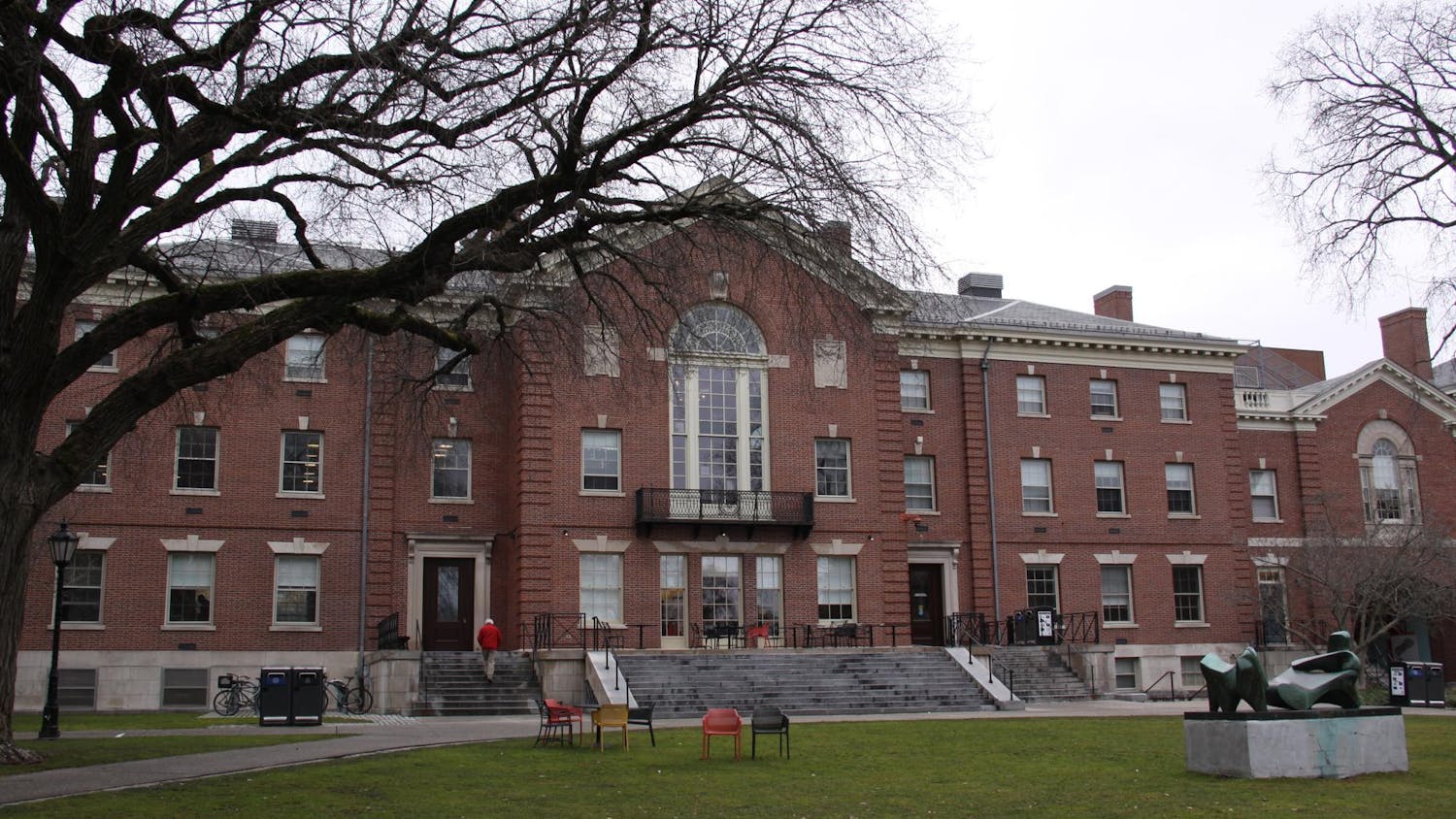Diman House, outfitted with user-controlled, variable thermostats, will pilot the Dorm Energy Efficiency Project this heating season. During the season — which began in October and will finish by early spring — the Office of Energy and Environment, a division of the Department of Facilities Management, will compare energy usage in Diman to that of a similar residential hall.
The project is expected to create $25,000–$50,000 in yearly energy savings.
In 2008, President Ruth Simmons announced that the University aimed to reduce greenhouse gas emissions by 42 percent by 2020. Identifying the energy usage of each building on campus, as well as capital investments that would make buildings more energy efficient, is crucial to the reduction effort, said Christopher Powell, director of sustainable energy and environmental initiatives.
The Office of Energy and Environmental Programs partnered with GreenerU, a consulting firm that works with institutions of higher education to help them achieve their sustainability goals, to launch the efficiency project.
GreenerU was introduced to the University in 2010 through David Kopans '91, co-founder and CFO. The decision to contract GreenerU over other consultants was based on its commitment to establishing a solid base of communication with the students, Powell said.
"We are going case by case … working with students in creating a relationship that is long-term," said Dallase Scott, sustainability program manager at GreenerU. "It takes that sort of understanding to create a culture of change."
GreenerU engineers previously conducted a walkthrough of campus buildings, looking for opportunities to reduce energy consumption. Finding that heating systems are a major source of energy consumption, the company installed user-controlled, variable thermostats on the radiators in each Diman room over the summer. The thermostats allow students to adjust the heat from a range of zero, or no heat, to seven. "Snowflake" — the setting between zero and one, represented by a snowflake symbol on the thermostat dial — is the lowest heat setting possible.
The University also installed additional infrastructure improvements, including pipe insulation, LED lighting and sensors that detect outside air temperature and adjust indoor heat flow accordingly. Total installations cost approximately $289,000, according to Powell.
Based on energy metering data collected from Diman and the control dorm, the University may consider expanding the project to other residential halls. Kai Morrell '11, outreach coordinator for Facilities Management and a former EcoRep, declined to name the control dorm to maintain the value of the comparison.
If the University does expand the infrastructure improvements to other dorms, the process may be lengthy. "The dorms are the toughest buildings to get into," Powell said, referring to the limited window of time in which residential halls are not in use.
Scott endorsed giving students power over their environment. "There's nothing more frustrating than not having control," she said.
In that vein, project coordinators have posted signs next to every Diman radiator reading, "You have the power to turn down your heat if your room is hot or stuffy."
But with power comes responsibility. To prevent waste, Diman residents are asked to rely on their thermostats, not their windows, to cool their rooms. A team of representatives from GreenerU visited Diman Nov. 2 to demonstrate efficiency tips, including the suggestion that students move furniture that might obstruct the flow of heat from the radiators.
Morrell said she believes giving students the power to regulate their own heat is a considerable incentive to comply with measures.
But some Diman residents remain resistant. Vincent Biagiotti '14, who described himself as "not very environmentally conscious," said he opens his windows after dialing up the heat to seven, because he enjoys having fresh air and heat at the same time.
Still, many students appear to be cooperating. Kathryn Rogers '14 said she moved her bulky dresser away from the radiator because it had prevented the heat from properly circulating.




